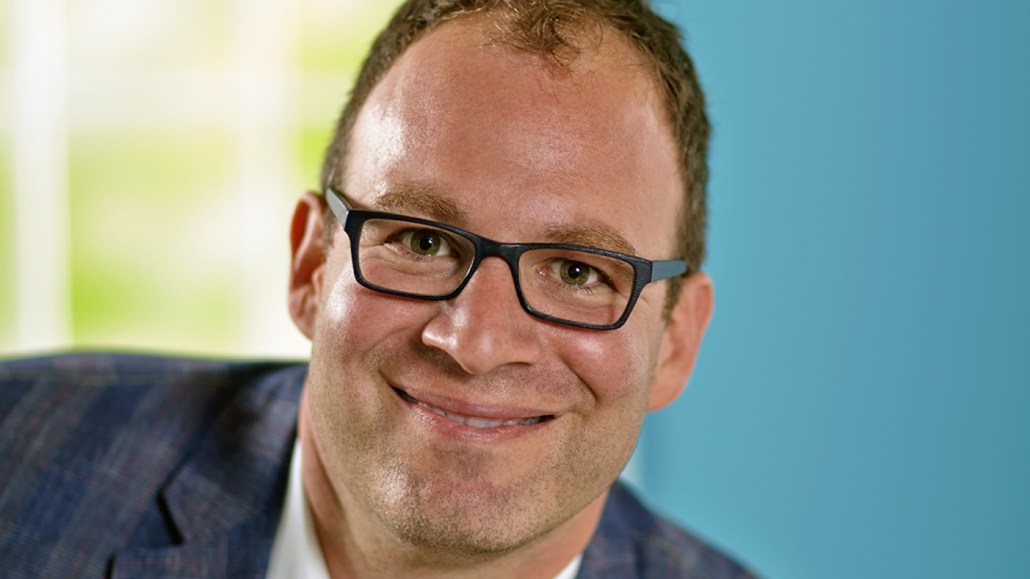‘People are becoming media’: OMD says AI needs human involvement

Influencer marketing is growing, but no brand wants to be subjected to a Logan Paul fiasco. Agencies and brands are investigating ways to verify influencer followers and eliminate fraud, with some like Nike and HelloFresh going so far as to bring more of their influencer marketing in-house. Digiday spoke with Doug Rozen, chief digital and innovation officer at the Omnicom agency OMD, about how artificial intelligence can improve influencer marketing. Our conversation has been edited for clarity.
Are clients spending more on influencer marketing?
Influencer marketing is gaining scale. Essentially, people are becoming media. But our clients lack the data to systematically choose the right influencers. Influencer campaigns are being done very ad hoc. We are introducing tools that use AI to rate influencers and help us justify how much our clients should be spending when it comes to influencers.
What are these tools?
One of the tools we launched in December and is called OMD i-Score. It leverages AI and IBM Watson and allows us to understand the authenticity of an influencer’s audience and how much is real vs. bot-based, and gives a rating on each influencer. The other tool is called OMD Influency and launching in four weeks. It helps us plan which influencers are right for a client to use once we score the influencers. These tools help us justify how much our clients should be spending when it comes to influencers, and we are going through the process of exposing them to our clients right now.
What do you think about more brands bringing influencer marketing in-house?
Like all emerging media, there is value in leveraging a specialist. This includes the unique tools, experience working with different types of influencers and the rates we can gain through scale.
What’s OMD’s view of AI?
We talk about “artful intelligence” because AI isn’t going to be successful without human interaction. There is too much talk about artificial. The issues of brand safety, ad fraud and transparency are all rooted in the term artificial. The industry needs authenticity.
How else is OMD using AI?
We are using it to build chatbots and Alexa skills for our clients, provide our clients with content inspiration using image-recognition tools and within our own business in the form of chatbots for organizing projects. We’re especially excited about applying AI to distinguish predictive behaviors of consumers and personalize content.
Are you seeing any fallout from the YouTube crisis?
Overall, brand safety is greater than one single platform. There’s not a single solution that can meet every client, and there’s no platform that is 100 percent brand-safe in digital.
What platforms are you concentrating on right now?
I’m interested in all of them because they all serve a specific function. To believe that one is better or worse than another means not using their inherent differences to clients’ advantage. We want an approach that uses the best of what each platform has to offer instead of putting all of our spend on one.
Image courtesy of OMD
More in Marketing

Pandora is betting on AI agents to scale service and emotional selling during the peak holiday season
Pandora is using AI agents to scale customer service and replicate emotional in-store selling online, just as peak season puts pressure on margins and teams.

Rembrand’s CEO wants to grow virtual ad placements in streaming, and he’s looking elsewhere for models
Omar Tawakol wants to improve advertising within the streaming world, and is working with advertisers and publishers to improve that experience.

Marketers are keen to use generative AI in ad campaigns, but hidden costs lurk
Marketers across the industry want to use AI to cut down on time spent in creative production. It’s not so simple in practice.








